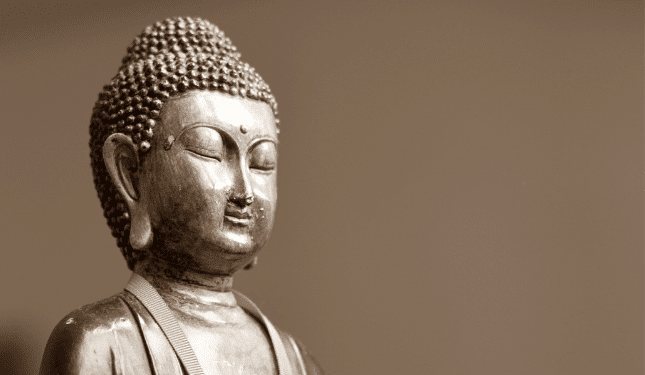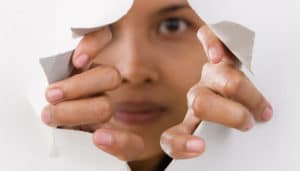“Every time I have the thought that I want to harm my husband, I have to spend about 15-20 minutes organizing the utensils in our drawer just perfectly. It’s exhausting and so disturbing. I love him more than anyone in the world.”
For Amy, this was her daily reality, on 40mg of Prozac, when she presented to my office during her first pregnancy. The psychic distress around this daily experience of a mind persecuting itself is difficult to witness, and even more difficult to treat. In the case of this patient, full spectrum fatty acid replacement and a gluten/dairy/sugar free organic diet allowed her to come off of medication and live, not only symptom-free, but vibrantly for the coming years.
Her gluten sensitivity is so extreme that it took three “vacation” slip-ups with ensuing destabilization for me to convince her that her ticket to full symptom remission was a complete commitment to the integrity of her diet.
We don’t have a good understanding of the possible physiological and psychological underpinnings to obsessive and compulsive symptoms, but the beauty of “top-down” lifestyle approaches is that we don’t need to.
What if I told you that the most effective intervention for OCD that has ever been documented involves no medication, no gadgets, no supplements, and no dietary change. It is free to do and free of side effects. Sound compelling?
It certainly was to me when I read this paper by David Shannahoff-Khalsa boasting this claim:
To date, this clinical trial remains the most effective treatment result for all treatment modalities for this disorder.
How had I been a physician for 11 years without knowing about this study published in 1999?
Here’s what was done:
In a randomized controlled trial, patients were randomized to a Kundalini yoga meditation (KYM) group or a Relaxation Response plus Mindfulness Meditation (RRMM). With a weekly two hour class, patients in the KYM group practiced 8 primary KYM techniquesand often 3 optional meditation techniques. The primary meditation for OCD involves exclusively breathing through the left nostril, and when perfected includes four 15 second phases: (1) a slow inspiration, (2) holding the breath in, (3) a slow expiration, and (4) a breath hold out phase, and this pattern repeated for 31 minutes. However patients start with lesser times and build up their capacity to the perfected rate. Even lesser times can yield quick relief. However, the results are best when practiced in the prescribed sequence including all of the techniques, some of which help to make the “OCD Breath” much easier.
The RRMM group was instructed to employ the Relaxation Response for 30 minutes with a mental focus and mental repetition on a word or phrase, and also the practice of the Mindfulness Meditation technique for 30 minutes.
The study started with 11 adults in the KYM group and 10 adults in the RRMM group. After three months of treatment, the KYM group demonstrated a 38.36% improvement and the RRMM group improved by 13.9%.The groups were merged with 7 adults remaining from each group and the 7 remaining members of the original RRMM group then experienced a 44% improvement over their first 3 months of KYM practice. When the presenting baseline was compared with the 15 month mean, the improvement was 70.62% by the Yale-Brown Obsessive Compulsive Scale, the “Gold Standard” for measurement.
In comparison, a fluvoxamine vs placebo trial demonstrated a 17.5% improvement compared to 7% placebo benefit. Six of the 12 patients who entered the study while taking medication completed the study. Three of the six were free of medication for a minimum of 6 months prior to the study end. The others were able to reduce the medication dosage by at least 50%. These results echo a previous uncontrolled trial further demonstrating the replicability of these outcomes.
In my personal experience, Kundalini is not just about system relief through nervous system recalibration. It is profoundly unique in its ability to address physical, mental, and spiritual realms simultaneously with results on an efficiency scale that is practical for the “householder”.
We struggle to change behavior and we are conditioned to believe in the pill cure. The truth is that radical cures are possible when you work with your body to heal itself.
Read the entire protocol or order the video to check it out.
 Kelly Brogan, MD is Medical Director of Fearless Parent™ and mom of two. She is board certified in Psychiatry, Psychosomatic Medicine, and Integrative and Holistic Medicine. Holistic living, environmental medicine, and nutrition are the bedrock of her functional medicine practice. She serves as medical advisor to GreenMedInfo, Pathways to Family Wellness, and Fisher Wallace. Kelly holds degrees from MIT and Cornell Medical School.
Kelly Brogan, MD is Medical Director of Fearless Parent™ and mom of two. She is board certified in Psychiatry, Psychosomatic Medicine, and Integrative and Holistic Medicine. Holistic living, environmental medicine, and nutrition are the bedrock of her functional medicine practice. She serves as medical advisor to GreenMedInfo, Pathways to Family Wellness, and Fisher Wallace. Kelly holds degrees from MIT and Cornell Medical School.
Originally published 11/25/15 on KellyBroganMD.com













Fascinating!
Would love to try this it would help me